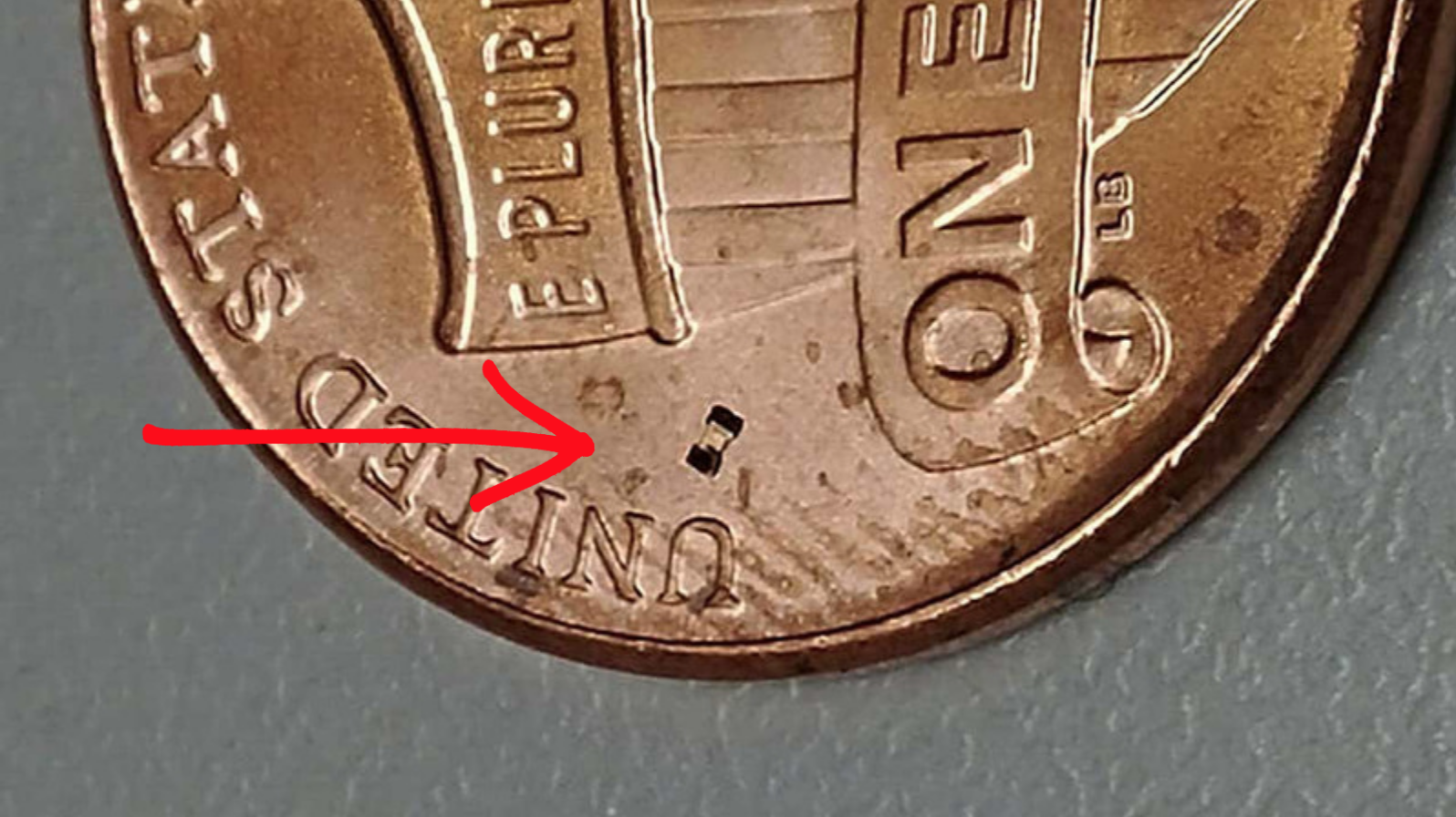News
Researchers: Microbots Will Soon Enter Human Colons to Deliver Medical Payloads
A team of researchers at Purdue University is exploring the insides of a living colon like never before.

Calling it “rough terrain,” a team of researchers at Purdue University is exploring the insides of a living colon like never before, using microscopic robots the width of a few follicles of hair. Perhaps most incredibly, the anal bots require no batteries and are powered via an external electromagnetic field.
Scientists have long believed the use of microbots (and perhaps someday even nanotechnology) inside the human body could bring about a revolution in medical diagnostic abilities and drug delivery. Mechanical engineers at Purdue believe they have passed a critical first test in this journey by creating tiny robots that are controlled remotely and can efficiently deliver a payload without inflaming any tissue reactions in the notoriously sensitive colonic region.
Biomeedical engineer Luis Solorio described one of the challenges the team faced:
“Moving a robot around the colon is like using the people-walker at an airport to get to a terminal faster. Not only is the floor moving, but also the people around you. In the colon, you have all these fluids and materials that are following along the path, but the robot is moving in the opposite direction. It’s just not an easy voyage.”
Mechanical engineer David Cappelleri, also from Purdue, says the tiny robot is controlled magnetically while being monitored through ultrasound imaging.
“When we apply a rotating external magnetic field to these robots, they rotate just like a car tire would to go over rough terrain. The magnetic field also safely penetrates different types of mediums, which is important for using these robots in the human body.”
So far, the team has experimented only on live anesthetized mice and pig colons. Scaling up could be a challenge, says associate professor Craig Goergen, who points out that while the colon is a good entry point for this type of microscopic robotic research, the terrain can present some tough sledding.
“Moving up to large animals or humans may require dozens of robots, but that also means you can target multiple sites with multiple drug payloads.”
As outlined in the team’s paper, which was published in Micromachines, tests on payload delivery involved the microbots being marked with fluorescein dye in a saline vial; they imitated drug delivery mechanisms by steadily dispatching the dye over a period of time. These tests were conducted outside of the mice and pig colons.
The researchers say the tiny robots are expelled from the body via regular waste elimination. While the research is promising, scientists say coordinating multiple microbots for use inside a human body is still years off. However, the implications for such a procedure are huge.
“From a diagnostic perspective, these microrobots might prevent the need for minimally invasive colonoscopies by helping to collect tissue,” adds Goergen. “Or they could deliver payloads without having to do the prep work that’s needed for traditional colonoscopies.”
Typos, corrections and/or news tips? Email us at Contact@TheMindUnleashed.com
